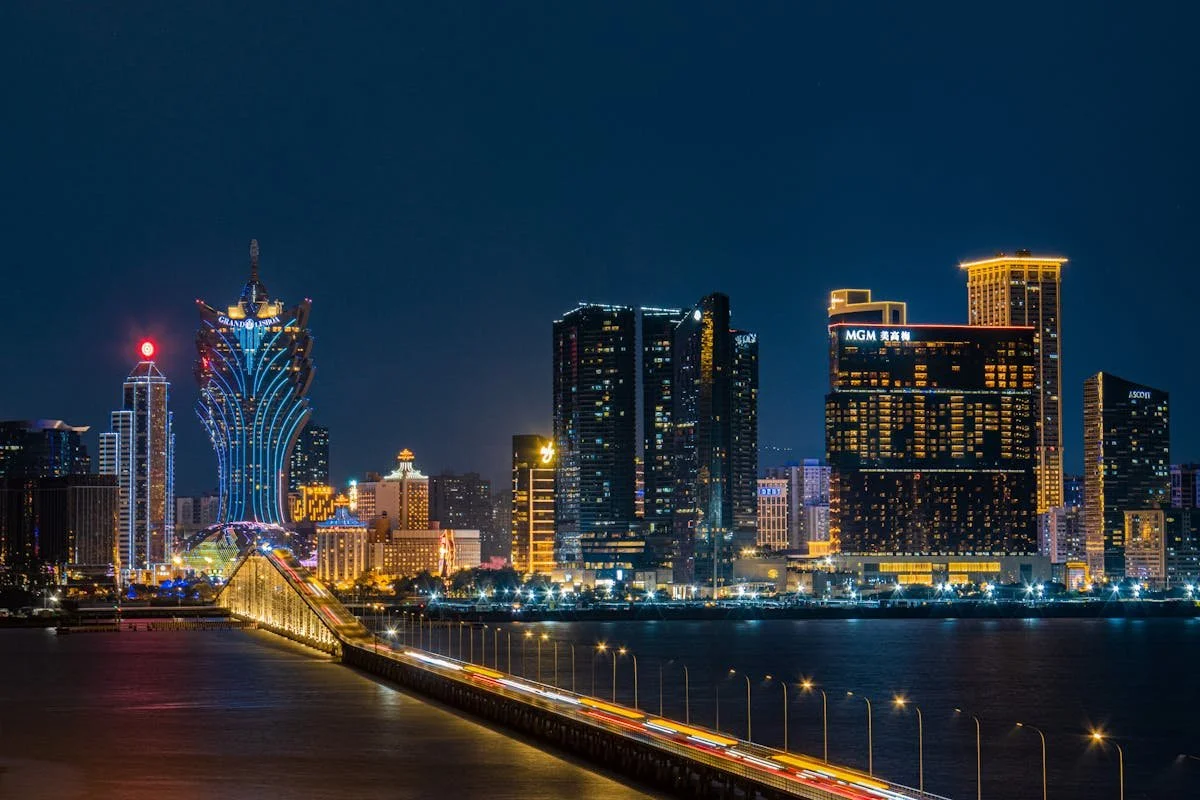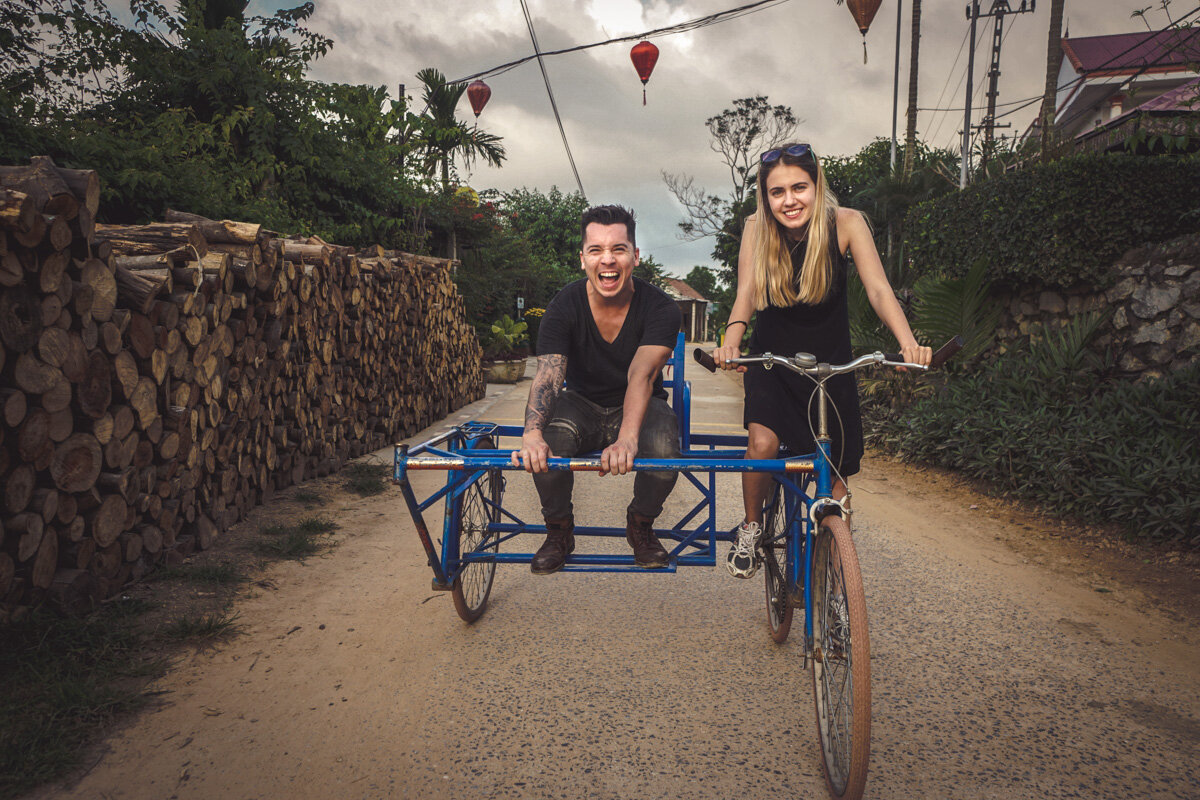Best Time To Visit India: Guide to seasons
/Best Time To Visit India
As we all know it, India is not a holiday destination, it is an experience. It is a unique country that promises the widest and most contrasting variety of overwhelming climate, cuisine and cultural shock. The cacophony of sounds, its vibrant colors, and its extreme contradictions will jolt your systems even if you’re here on a relaxing holiday which is mostly limited to your uber-luxury boutique hotel. The country promises the most-mainstream tourist attractions like the Taj Mahal along with off-beaten and adrenaline-pumping treks through the Himalayas.
Climatic conditions of India
With 2020 starting on a rather rough note, we assume you’ve already canceled your summer holiday plans to Europe and the United States. No need to be disheartened because you can always travel to India right after summer. Fortunately, October to March happen to be the best months to explore India while the rest of the world takes a breather. Generally speaking, this is a fairly dry and colder time for most regions of the country but you should consider the fact that India is a massive country that experiences varied climate across the states. Therefore, we will be talking about the best time to visit India in regard to different regions of the country.
India experiences three major seasons – summer, monsoon season and winter. December, January and February are a bit cold in North with little or no precipitation but the Himalayan range covers itself with a thick blanket of pristine white snow.
The same is followed by regions of the South and West while East India gets a tad bit colder than others. April, May, June and July can get unbearably hot which means you should strictly refrain from planning any holidays to India during this time unless you plan on rocking that 10 shades darker tan for a long time. August and September are largely about monsoon in North and Central India where flooding is always a risk. On the flipside, Tamil Nadu in the South West and Rajasthan in the east are super dry and very much visitable.
The good news is that when it’s pouring cats and dogs in one region of India, there are often bright sunshine and cool sea breezes in the other parts. This makes India a great choice of holiday for you and your family at the right time. In this blog, we will discuss more being ready to swoop through varied climates of India like a seasoned traveler.
How should you plan your India trip?
Like you already know India is not a land of simple terrain and climatic conditions. Your Indian itinerary will look shockingly different depending on what you plan to do in India. You can plan a laidback beach vacation in Kerala or ski through the Himalayas ranges in December – It is entirely up to you to decide what you want to do and choose the best time to visit India accordingly. Festivals also play significant decision-making criteria when it comes to traveling to India. Read on to best plan your India itinerary.
Best time to visit Central India
The bustling cities of Mumbai, Pune, and Nagpur are some of the most-traveled destinations in the region. This part of India is famous for its pleasant monsoon weather. They say there’s absolutely nothing like true Monsoon in Mumbai. The months of June, July, August and early September are the wettest of them all where roads are clogged and it's way too humid for your liking. But you will certainly enjoy it when in Maharashtra around the Ganesh Chaturthi festival. Most activities are jungle safari in national parks, outdoor activities and yachts are shut-shops because of constant rains.
You’re better off enjoying this time in drier locations of Rajasthan and Delhi. From November to March is the best time to visit India in that region as you will be treated with dry and sunny weather perfect to set up picnics in parks and even go for Sunday brunching.
The best time to visit Indore, India, is during the cooler months from October to March. During this period, the weather is pleasantly mild, making it ideal for exploring the city's rich cultural heritage and vibrant markets without the discomfort of the intense heat prevalent in the summer months. The winter season also coincides with several local festivals, such as the famous Indore Food Festival, offering visitors a chance to experience the city's festive spirit and culinary delights.
Pushkar, Rajasthan, Central India
Best time to visit North India
The North of India includes extremely cold but popular cities of Manali, Shimla, Srinagar, Jammu Dharamshala and Rishikesh. If you fancy a ski holiday on a budget then Manali, Pahalgam and Gulmarg could be your best bets for Northern India in December and January when the chills are at their peak. The days are shorter but mostly clear and a little bit sunshine too if you’re lucky. The spring and summers months till June are a good way to take up trekking in Himachal Pradesh and speed-biking in Ladakh.
The temperature is pleasant during the day but nights are quite cold so you’ve got to pack your linens and warm woolens for a comfortable trip in North India. The monsoon months of July to September can get muddy and humid in this part too. The mountains views and trekking trails can be difficult to tread through because of fog and muddy terrain. Nonetheless, you can plan a trip to the Northern altitudes during autumn (September and October) when it is mostly dry with bare minimum chances of rain.
North India is largely a colder region with the mighty Himalayas guiding its borders. During your summer holidays, you can try adventure sports like bungee jumping, river rafting and zip lining amidst Himalayan valleys. You can dress up in your hippest clothes but cover-up enough to bear the dropping temperatures of the night.
Beautiful river in Ladakh, Ladakh, North India
Best time to visit South India
South India is well-known for the luscious backwaters of Kerala and party beaches of Goa. This region is a part holiday destination and part business hub of the country that is famous for its spices. When in South India you cannot miss the eclectic cities of Pondicherry, Ooty, Mangalore, Kodaikanal, Munnar and Kochi amongst many others with varied entertainment options available. The best time to visit South India is from December to March. The days are dry and sunny for most parts allowing you some downtime chill at the beaches and sightseeing.
The Pongal festival is quite an attraction in this part of the country that thoroughly immerses itself in prepping for the four-days-long festival. The celebrations are quite a vision with men and women dressed up in new clothes performing rituals on the streets with zeal and enthusiasm. April and May happen to be the most-difficult months with rising temperatures and humidity levels. June, July and August improve with the onset of monsoon which is a good time to head to South India when you’re on a budget. All of South-India experiences magical rain showers during this time except for Tamil Nadu where monsoon lands in October and November.
South India sits well in between the Bay of Bengal and the Arabian Sea which makes it quite a favorable destination in terms of beach holidays. You can throw in your bikinis and cover-ups at some beaches of Goa but you’ll be treated with awkward stares or nasty comments from low-minded men gawking at you on the beach. For a relaxed trip, dress up in easy-breezy clothes made out of linen or cotton only.
Poombarai Busstop, Kodaikanal road, Mannavanur, South India.
Best time to visit East India
North East India is a fairly unexplored and off-beaten path for most travelers. The world-famous gambling capital Sikkim, most-wet region Cherrapunji and majestic beauty of Meghalaya plateaus and hills of Nagaland, Mizoram and Manipur make North-Eastern India a desirable holiday option.
The best time to visit North-Eastern India is in October to mid-May when the subtropical temperature makes it easy for you to hike through the lush green forests. The sheer beauty of these greens will cast an everlasting spell on your mind because there is nothing like in the whole of India.
Summer temperatures are mostly pleasant and nights can get a bit cold too. However, expect to see flocking tourists from all around the world crowding the beautiful terrains of North-Eastern India. The monsoon months of June to September in the region are a bit mean considering there is a rainfall of 10,000mm in some areas making it inaccessible in few cases. Book those flight right now if you’re strictly planning a monsoon vacation where you can cuddle in your homestay as the pitter-patter of the raindrops fills the air.
On the flip side, November to April is also quite the time to visit this part of India where nature blooms to its full glory.
January and February are good months to explore Meghalaya, Assam and Nagaland but for a good walk into the snow, you will have to travel to Tawang in Arunachal Pradesh. The famous Kaziranga National Park is a delight in February and March and trekking is a great sport to take up during October and September. Besides, you always have the colorful Nagaland Hornbill Festival to travel to in December.
West Jaintia Hills, Meghalaya, East India
The Gold Triangle
The golden triangle includes the top three tourist destinations of Delhi, Agra and Jaipur. Delhi being the national capital has the most-developed and busiest airports in India. The city is equipped with all facilities to bear extreme climatic conditions where summers peak at 50 degrees and drop to 0 degrees in the dead cold winters. Taj Mahal in Agra and all the heritage beauties in Jaipur can be explored by taking a road trip through this triangle from November to May.
All three region regions experience dry to the cold winter season with sun playing hide and seek. The winters are cold but most enjoyable because you can stand in the long ticket queues of historic destinations without having to melt away. Talking about summers, they are brutal and horrendous because they are dry and the scorching heat is powerful enough to give you a nervous breakdown. Instead of summers, travel during monsoons when the tourist places are fairly empty and roads less traffic-jammed.
For winters you’ll need your leather jackets and denim with boots. You will even require those caps and scarves if the temperatures drop beyond a significant level. You can wear anything in Delhi but with Agra and Jaipur, you will have to be a little modest and discreet as you do not want to be the center of attention in the crowds. Rest assured you will ample number of entertainment options like Chowki Dhani, Amber Fort, Red Fort, Fatehpur Sikri and many others while on your trip to Central India.
Taj Mahal in Agra, Central India
Conclusions
Contributed by, Routeprints this article tells you why India, with its pleasant weather and cultural diversity, tops the list of ‘Must-Visit Destinations’ for travelers from around the world. India is a traveler’s delight because, for most parts and durations, the weather is acceptable and bearable too. You will have lesser problems adjusting with the climate in central, southern and western India as compared to North and East India. The only key is to plan your Indian holidays keeping in mind the true objective and manageable expectations.



























